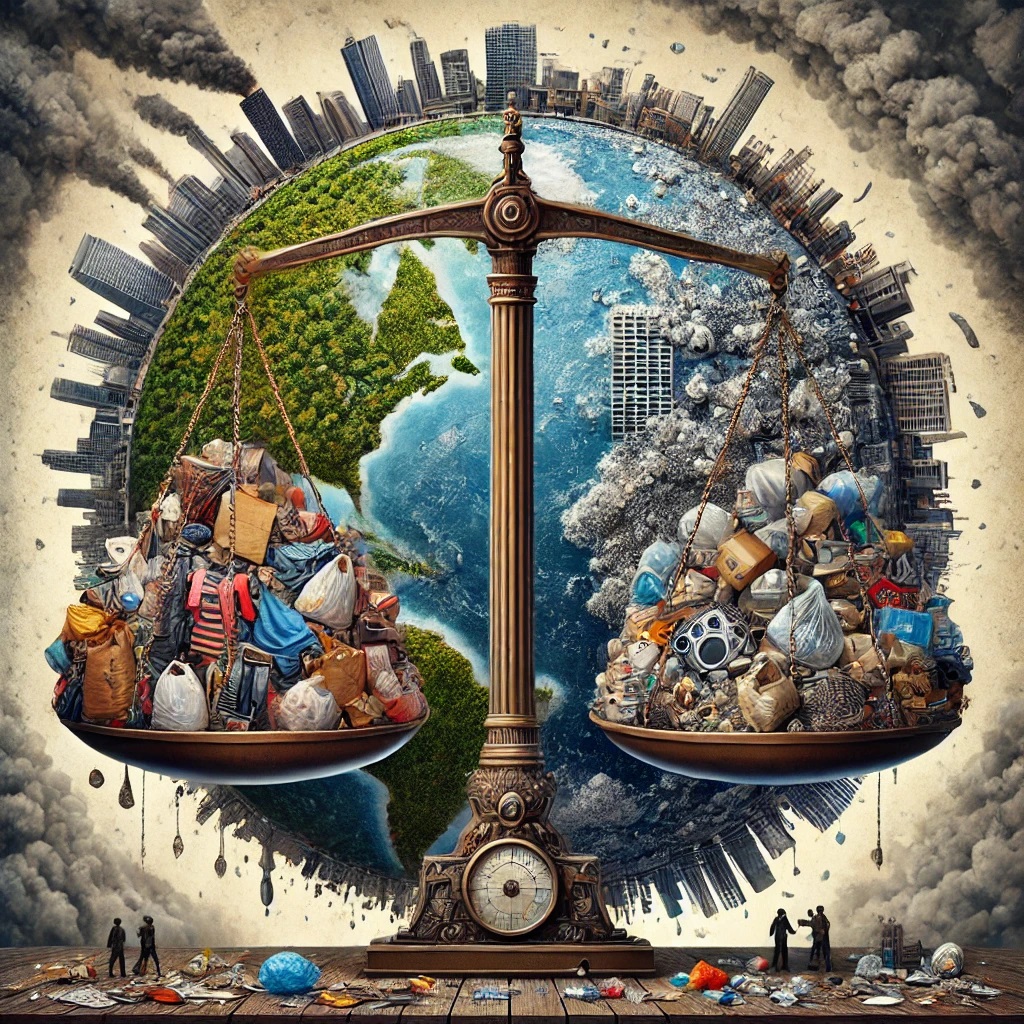Social documentary street photography is a genre that captures the essence of everyday life, placing a strong emphasis on social issues and the challenges people face. By blending artistry with journalism, it provides an honest and unfiltered lens through which viewers can engage with the world. Through images that tell compelling stories, this form of photography sheds light on societal inequalities, cultural dynamics, and moments of resilience.
Defining Social Documentary Street Photography
Social documentary street photography focuses on candid, often spontaneous, images that document human life in its rawest form. Unlike other forms of street photography, this genre actively engages with social themes. It seeks to reveal the hidden narratives of urban spaces, from poverty and migration to resilience and solidarity. While aesthetic value plays a role, storytelling and social impact take precedence.
The goal of this photography is not merely to observe but to question, provoke, and empathise. By capturing life as it unfolds, photographers create visual records that connect viewers to societal challenges, making these images powerful tools for awareness and advocacy.
Historical Context
Social documentary street photography traces its roots to the broader tradition of documentary photography. Figures such as Jacob Riis and Lewis Hine used photography to expose harsh living and working conditions during the Industrial Revolution. Their work combined artistry and activism, using images to advocate for reform.
In the 20th century, street photography emerged as a distinct genre, thanks to the advent of portable cameras. Photographers like Dorothea Lange and Walker Evans documented the impact of the Great Depression, creating iconic images that highlighted economic disparity and resilience. These pioneers laid the groundwork for a socially conscious approach to photography.
Later, photographers like Vivian Maier and Garry Winogrand explored the complexities of urban life. Maier’s intimate portraits captured the struggles and dignity of ordinary people, while Winogrand’s dynamic compositions reflected the energy and contradictions of post-war America. Their work exemplifies the capacity of street photography to delve into deeper social issues.
Techniques and Approaches
Social documentary street photography requires a mix of technical skill, artistic vision, and cultural sensitivity. Key techniques include:
1. Capturing Candid Moments
Spontaneity is central to the genre. Photographers often work discreetly to capture unguarded moments, reflecting the authenticity of their subjects.
2. Contextual Storytelling
This genre places individuals within broader environments, creating a narrative that goes beyond the individual to encompass societal realities. For example, a single photograph might juxtapose a homeless individual against the backdrop of luxury storefronts, highlighting economic disparities.
3. Light and Mood
Natural light plays a vital role in shaping the tone of images. Shadows, reflections, and contrasts can convey emotion and emphasise key elements.
4. Engaging with Subjects
Some photographers choose to engage directly with their subjects, creating a sense of collaboration. This approach can lead to more intimate and powerful images, particularly when addressing sensitive topics.
Ethical Considerations
Social documentary street photography often raises ethical questions. Photographers must navigate issues of consent, representation, and the potential for exploitation. Capturing someone’s image without their permission, especially in vulnerable situations, can raise concerns about dignity and privacy.
Ethical considerations also extend to the portrayal of subjects. It is essential to avoid sensationalism or stereotyping, particularly when documenting marginalised communities. Photographers bear a responsibility to represent their subjects with empathy and integrity, ensuring their work fosters understanding rather than perpetuating stigma.
Contemporary Relevance
In an age of social media and digital technology, social documentary street photography has taken on new forms. Mobile devices and online platforms have made it easier for amateur and professional photographers alike to document social issues and share their work widely. This democratisation has enriched the genre, bringing diverse perspectives and voices into the fold.
For instance, photographers have used their cameras to document protests, from the Black Lives Matter movement to climate change demonstrations. These images have become powerful tools for advocacy, raising awareness and mobilising support for social causes.
Case Studies: Iconic Practitioners
Vivian Maier
Vivian Maier’s work remained unknown during her lifetime but has since gained recognition for its depth and sensitivity. Her images capture mid-20th-century urban life, focusing on ordinary people and moments. Maier’s ability to find beauty and significance in the mundane highlights the potential of street photography to tell poignant social stories.
Garry Winogrand
Garry Winogrand’s prolific output documented the energy and contradictions of American society. His dynamic compositions and raw approach to capturing social interactions reveal the complexities of urban life. Winogrand’s work challenges viewers to reflect on societal norms and individual identities.
Contemporary Practitioners
Photographers like Sebastião Salgado and Martha Cooper continue to push the boundaries of the genre. Salgado’s work often focuses on global social issues, from migration to environmental crises, while Cooper’s documentation of graffiti culture provides insight into youth movements and urban creativity.
The Power of Photography for Social Change
Social documentary street photography has the potential to inspire action. Iconic images, such as Dorothea Lange’s “Migrant Mother,” have shaped public discourse and influenced policy. By capturing the human face of social issues, photographers can evoke empathy and drive change.
In recent years, the genre has expanded to address a wider range of issues, from LGBTQ+ rights to climate justice. As society becomes increasingly visual, the ability of photography to communicate complex ideas and emotions remains unparalleled.
Summary
Social documentary street photography combines the immediacy of street photography with the depth of social commentary. By chronicling everyday life and highlighting societal challenges, it provides a powerful medium for storytelling and advocacy. From its historical roots in reform photography to its contemporary iterations, the genre continues to evolve, offering fresh perspectives on the human condition.
Through the work of practitioners like Vivian Maier, Garry Winogrand, and others, we see the enduring relevance of this genre. As photographers explore new technologies and address emerging issues, social documentary street photography will remain a vital tool for understanding and engaging with the world around us.
Bibliography
Aziz, A. and Tobroni, M.I. (2023). Aesthetics Exploration of Chiaroscuro Light: Capturing the Visual Atmosphere of Traditional Markets in Jakarta. Gelar Jurnal Seni Budaya, 21(1), 80–89. https://doi.org/10.33153/glr.v21i1.5057
Carroll, T. W. (2021). Social Protest Photography and Public History: “Whose Streets? Our Streets!”: New York City, 1980–2000. Journal of the History of the Behavioral Sciences, 57(1), 34–59. https://doi.org/10.1002/jhbs.22082
Hadley, J. (2022). Street Photography Ethics. Ethical Theory and Moral Practice, 25(4), 529–540. https://doi.org/10.1007/s10677-022-10316-6
Hunt, M. A. (2014). Urban Photography/Cultural Geography: Spaces, Objects, Events. Geography Compass, 8(3), 151–168. https://doi.org/10.1111/gec3.12120
Luvaas, B. (2022). Shadow Worlding: Chasing Light in Yogyakarta. American Anthropologist, 124(2), 399–416. https://doi.org/10.1111/aman.13725
Shi, D. (2017). The Potential Implications of Contemporary Use of Mobile / Tablet Devices in Street Photography, Especially for the Representation of People in the City. Humanities and Social Sciences, 5(2), 102. https://doi.org/10.11648/j.hss.20170502.19
Tucker, J. (2012). Eye on the Street. Radical History Review, 2012(114), 7–18. https://doi.org/10.1215/01636545-1597979


